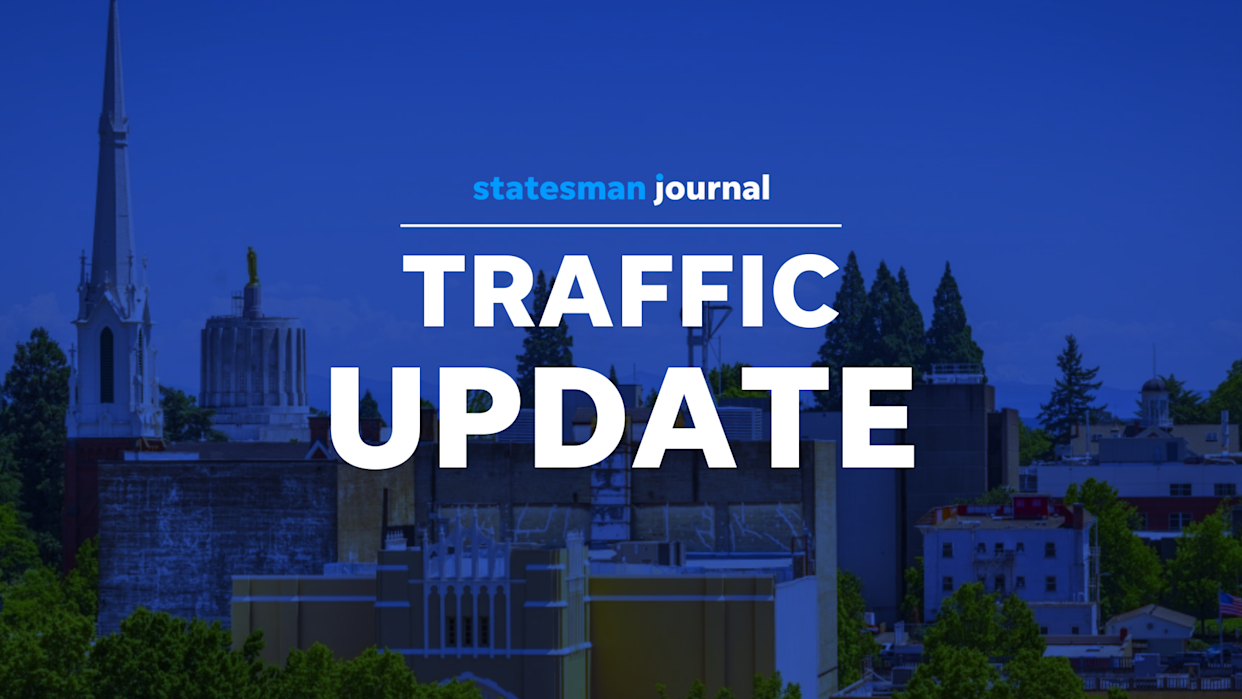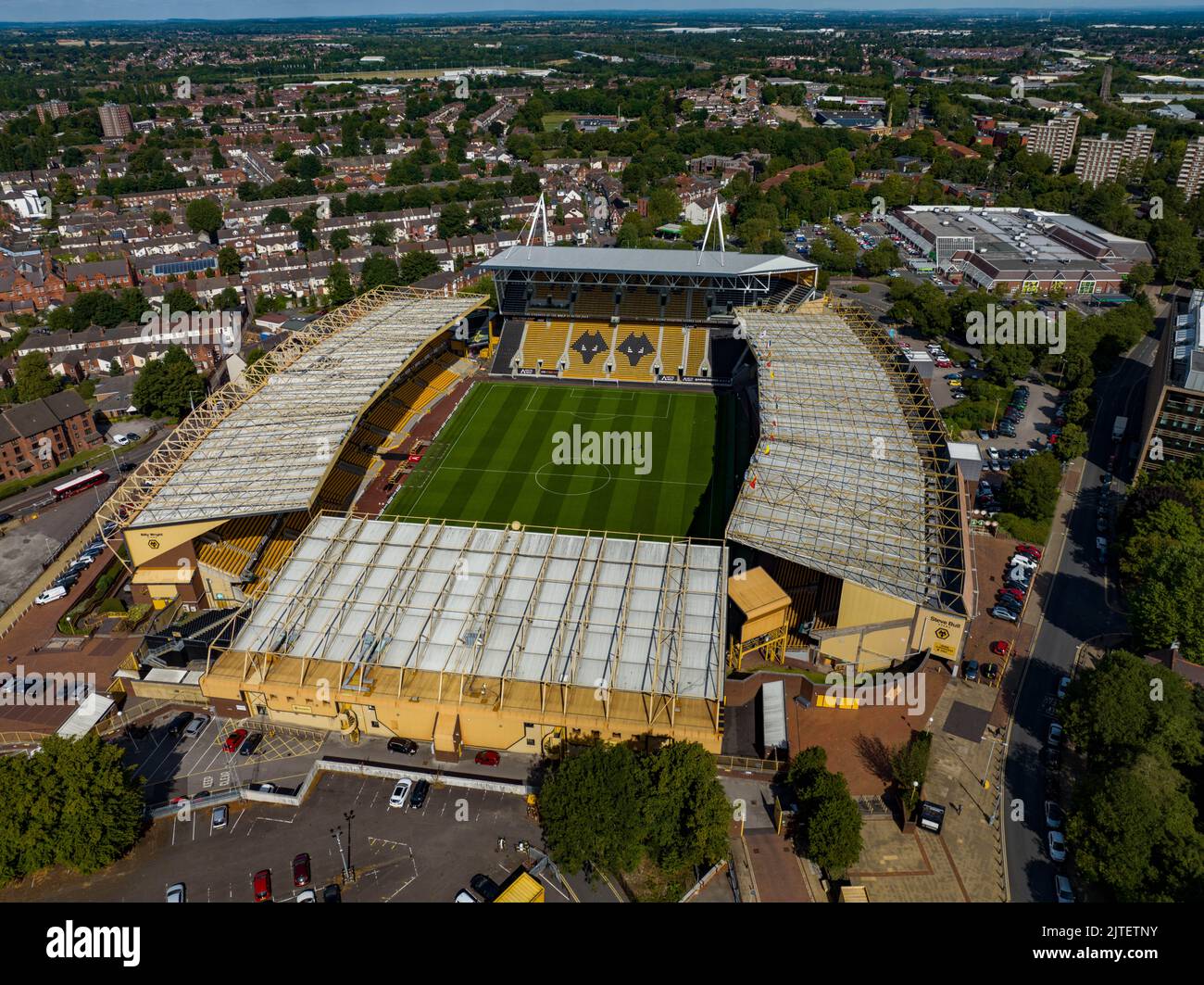
Introduction
Omaha, located in the heart of the United States, is rapidly emerging as a significant player in the realms of business, culture, and tourism. Its strategic location by the Missouri River and its status as a transportation hub make it a vital link for trade and commerce. In recent years, Omaha has experienced substantial economic growth, attractive migration trends, and vibrant cultural incidents that underscore its importance in the Midwest.
Economic Development
Omaha’s economy has shown remarkable resilience, particularly highlighted by the city’s ability to attract diverse industries including finance, technology, healthcare, and logistics. According to recent data from the U.S. Bureau of Economic Analysis, the metropolitan area has seen a job growth rate exceeding 3% year-on-year, which is a testament to its stability and attractiveness for business investment.
Notably, the presence of large corporations such as Berkshire Hathaway, Union Pacific Railroad, and ConAgra Foods positions Omaha not only as a job provider but also as a centre for corporate governance and decision-making. Initiatives by local government to support local startups and entrepreneurs are also paying off with increased venture capital investments pouring into the region.
Cultural Vibrancy
Beyond its economic prowess, Omaha boasts a rich cultural tapestry that draws residents and visitors alike. The city is home to several internationally renowned institutions such as the Omaha Community Playhouse, the largest community theatre in the United States, and the Omaha Symphony, which has recently expanded its outreach programs to engage more with the community.
The annual Omaha Summer Arts Festival and the Omaha film festival continue to attract thousands of visitors. Interest in local arts and crafts, food, and music is strong, as evidenced by the burgeoning restaurants and galleries springing up in the city’s Old Market District.
Forecasting Future Growth
As Omaha continues to grow, the city is also focusing on sustainable development and smart urban planning. Investment in public transport and green spaces is likely to enhance the quality of life, thereby making Omaha an even more attractive destination for both skilled professionals and tourists.
Educational institutions like the University of Nebraska and Creighton University are at the forefront of research and development, ensuring a pipeline of skilled talent that complements the economic sectors in the region.
Conclusion
Omaha stands at a pivotal point in its development with canyons of potential rising from its resilient economy, vibrant cultural scene, and supportive community. As more individuals and businesses recognise its value, Omaha is poised for continued growth, cementing its place on the map as a significant American city. The future looks bright, and residents can expect more enhancements that align with the evolving landscape of this Midwestern gem.
You may also like

Exploring Monmouth: History, Attractions and Community

The Growing Concerns of Urban Traffic in Today’s Society
